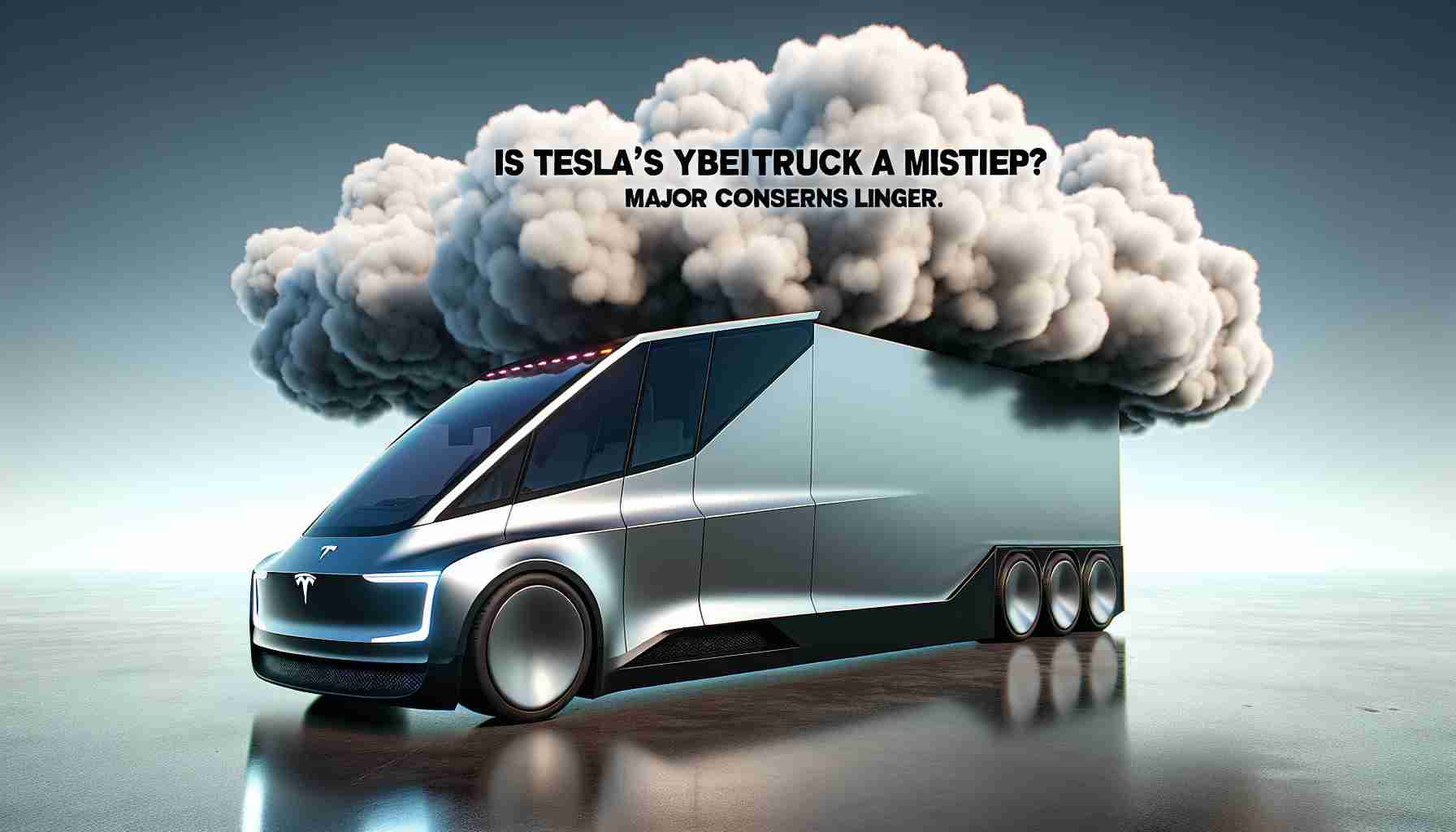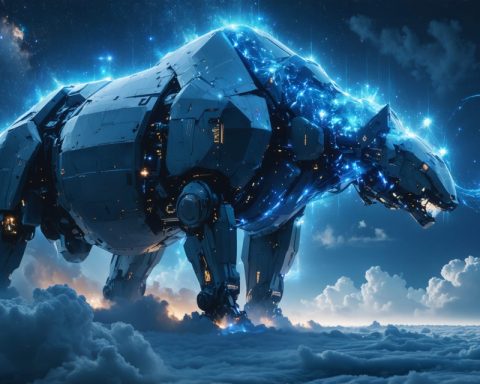Headwinds and Strategic Challenges: Tesla’s Recent Moves Critiqued
Tesla’s latest innovation, the Cybertruck, is under scrutiny as experts express doubts about its financial viability and strategic impact. The vehicle, introduced after an extensive four-year development period, has been met with concerns about its profitability and market demand. Analysts describe the Cybertruck launch as a possible strategic error that diverted Tesla’s focus from more affordable vehicle options that are crucial for the company’s current market needs.
Bernstein analysts, led by Toni Sacconaghi, highlight challenges Tesla faces beyond the Cybertruck. A significant concern is the company’s slipping auto gross margins, attributed to aggressive pricing tactics and financial incentives that pressured profitability. Predictions suggest that Tesla’s auto gross margins could fall below 15%, a figure that is notably lower than nearly all competitors in the U.S. and Europe, with the exception of Ford.
Furthermore, questions loom over Tesla’s advancements in autonomous technology. Despite ambitions to lead the shift toward robotaxis, experts are cautious about Tesla’s prospects. They point to the company’s limited sensor technology, looming regulatory challenges, and the fierce competition from rivals like Waymo, which benefits from advanced simulation and AI capabilities.
Tesla’s Q4 figures reveal some growth, with a 2% year-over-year rise in vehicle deliveries totaling 495,600 units, although falling short of expectations. In energy storage, Tesla saw an impressive 244% increase, shipping 11 GWh, showcasing a significant area of progress amid broader concerns.
Can Tesla Outpace Its Challenges? Unveiling Opportunities Amid Criticisms
Tesla’s unveiling of the Cybertruck has prompted discussions about its strategic directions and financial viability. While some experts express skepticism, there are noteworthy conversations around Tesla’s position in the evolving automotive and energy sectors. Delving into current trends, potential innovations, and broader business strategies, this article sheds light on how Tesla might navigate the challenges ahead.
FAQs: Understanding Tesla’s Current Landscape
Q1: What are the financial implications of the Cybertruck launch for Tesla?
Tesla’s Cybertruck faces scrutiny over its financial viability, amidst skepticism about consumer demand and the impact on profitability. Critics argue that focusing resources on the Cybertruck may have distracted Tesla from producing more affordable vehicle options crucial to maintaining competitive market positioning.
Q2: How does Tesla’s pricing strategy affect its market performance?
Tesla’s aggressive pricing strategies and financial incentives have impacted gross margins, potentially dropping them below 15%. This margin would place Tesla behind nearly all competitors in the U.S. and Europe, except for Ford.
Q3: What makes Tesla’s autonomous technology efforts controversial?
Concerns with Tesla’s autonomous technology stem from limitations in sensor tech, regulatory hurdles, and intense rivalry with companies like Waymo. Tesla’s goal of dominating the autonomous vehicle landscape may require significant technological advancements and strategic adaptations.
Trends and Insights in Tesla’s Energy Storage
Despite challenges in the automotive sector, Tesla has demonstrated significant progress in energy storage, with a remarkable 244% increase in Q4, shipping 11 GWh of energy storage products. This trend suggests a promising opportunity for Tesla to diversify its income streams and reinforce its position in sustainable energy solutions.
Potential Innovations and Market Analysis
Tesla’s technological innovations extend beyond vehicles, encompassing AI development and energy solutions. Market analysis indicates that advancements in battery technology and energy storage solutions can provide Tesla with a competitive edge in the renewable energy sector.
Furthermore, the ongoing improvements in Tesla’s AI capabilities could amplify its prospects in the autonomous vehicle industry, despite current challenges. Leveraging AI could improve vehicle safety and performance, positioning Tesla favorably against competitors.
Compatibility and Use Cases for the Future
Tesla’s diverse ecosystem of products suggests compatibility with broader sustainable initiatives globally, supporting various use cases such as efficient residential energy solutions and sophisticated electric vehicle infrastructures. As demand for sustainable solutions grows, Tesla’s integrated approach may benefit from increasing market interest in eco-friendly innovations.
Predictions: Navigating the Future
Despite immediate hurdles, industry predictions suggest that Tesla could adapt successfully by realigning strategies and focusing on core markets. Emphasizing affordable EV options and capitalizing on energy storage advancements could be key steps forward.
Tesla’s journey is emblematic of the broader challenges faced by innovators taking bold steps in rapidly evolving sectors. Continued focus on sustainable and strategic growth areas could redefine expectations and reinforce Tesla’s standing as an industry leader.
For more information about Tesla’s innovations and strategic directions, visit the official Tesla website.












